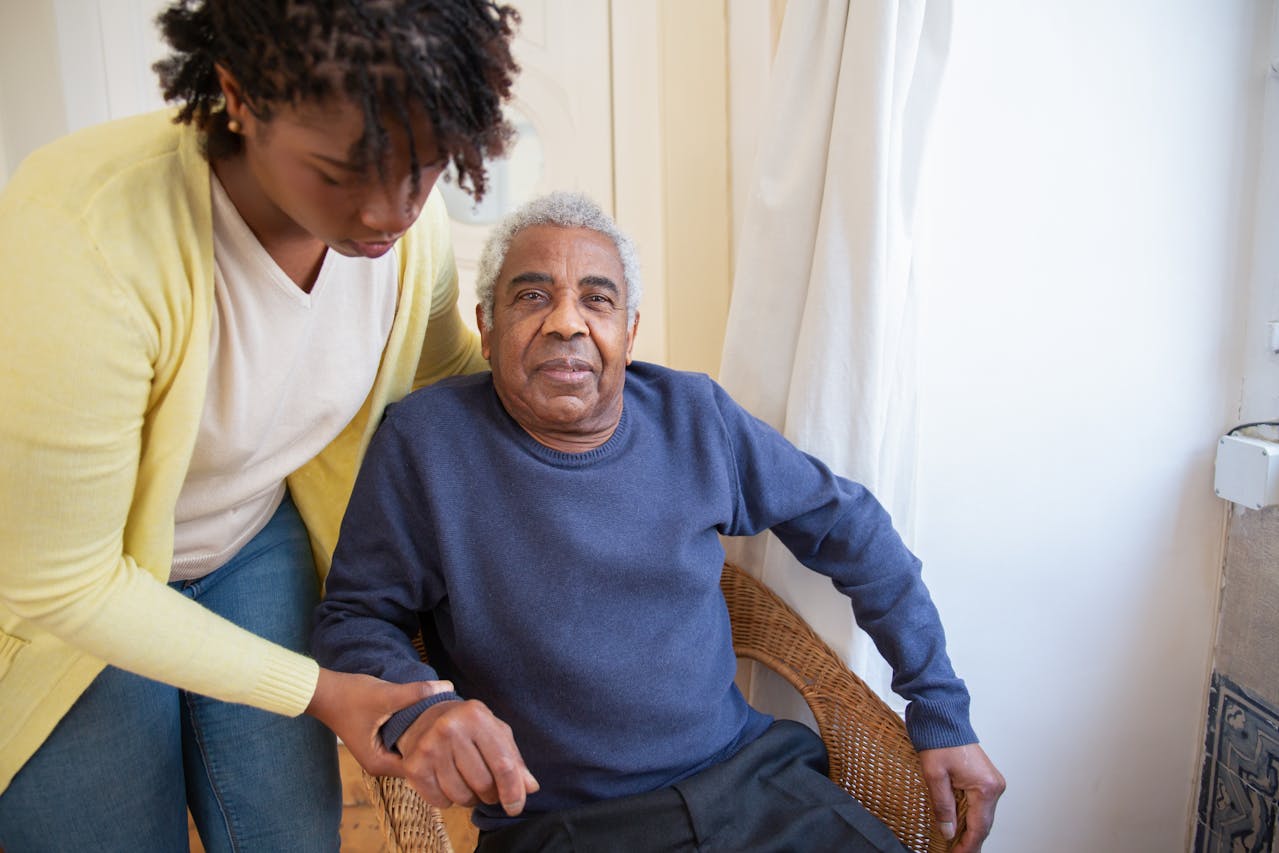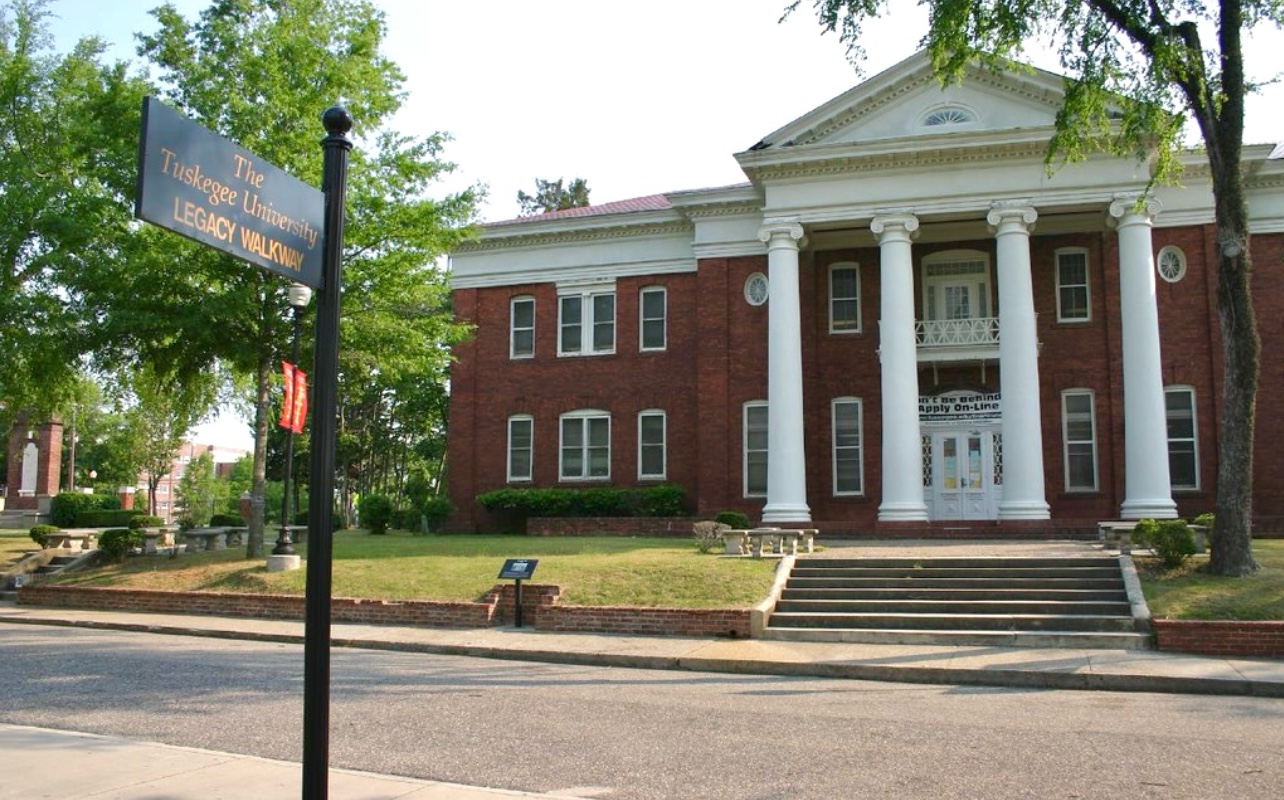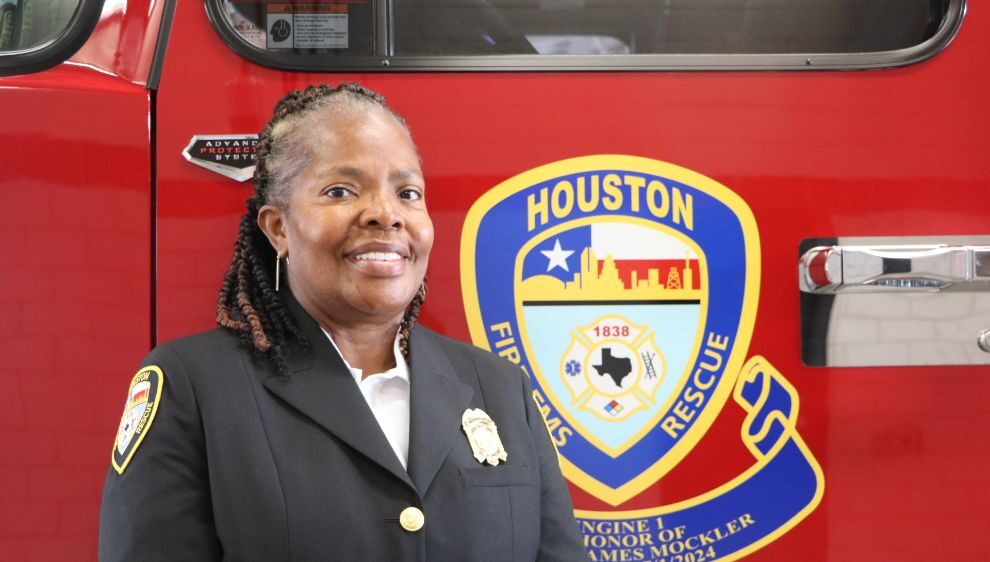
November 11, 2024
Life Expectancy Gap Between Blacks And Whites Widens As Systemic Healthcare Barriers Continue
Researchers are citing the continued barriers that are widening the life expectancy gap between Black and white people.
America’s entrenched racism is contributing to the growing life expectancy gap between Black and white Americans, research shows.
University of Wisconsin sociology professor Nicholas Mark pointed to data showing that the widening life expectancy gap is largely driven by social determinants of health, which are key factors in predicting life outcomes. Systemic barriers in living conditions, healthcare systems, and social structures are causing the white population to outlive their Black counterparts.
Barriers stemming from limited access to education and healthcare begin early in life, according to the professor.
“These differences can be attributed to differences in occupations and working conditions,” Mark told Badger Health.
Black communities face greater educational barriers, with limited resources for students pursuing higher education and few scholarship opportunities to help turn their dreams into reality. This lack of education often leads individuals into dangerous jobs with exposure to toxic chemicals and poor working conditions, as they are unable to secure higher-paying positions that would provide both better salaries and valuable life skills.
Individuals with higher socioeconomic status often have better access to healthcare and nutritious food, which has been shown to improve life expectancy. Mark also highlighted the chronic stress of living in a race-conscious society that stigmatizes and disadvantages the Black community.
These stressors lead to disproportionate physiological wear and tear on physical and mental health at rates that can accelerate overall decline at a younger age and faster rate among Black individuals. Due to a history of discriminatory policies, Black Americans are less likely to own homes and are more vulnerable to housing instability.
Redlining practices in the 1950s forced Black communities in cities like Chicago into housing projects, areas now often marked by socioeconomic disparities, gun violence, and high homicide rates. For residents in places like Parkway Gardens, this environment has contributed to significantly lower life expectancies compared to other areas.
The findings follow research that shows how before the pandemic, the average life expectancy was 79 years for white Americans and 75 years for Black Americans. However, by 2022, Time Magazine reported that life expectancy had dropped to 71 years for Black Americans and 77 years for white Americans.
Hector Arolas, professor at the Robert M. La Follette School of Public Affairs, has studied the narrowing of mortality rates in the Black population leading up to the COVID-19 pandemic, partly due to rising violence rates. He cited how during the pandemic, deaths from gun violence surged in the Black community, which widened the pre-existing life expectancy gap.
Arolas emphasized that meaningful change requires policies that specifically address disadvantaged groups and target the root causes of disproportionately high mortality rates. He noted that addressing these issues is crucial to lowering the life expectancy gap between Black and white populations.
RELATED CONTENT: New Research Indicates That Increasing Health Spans Is Better Than Longer Lives








